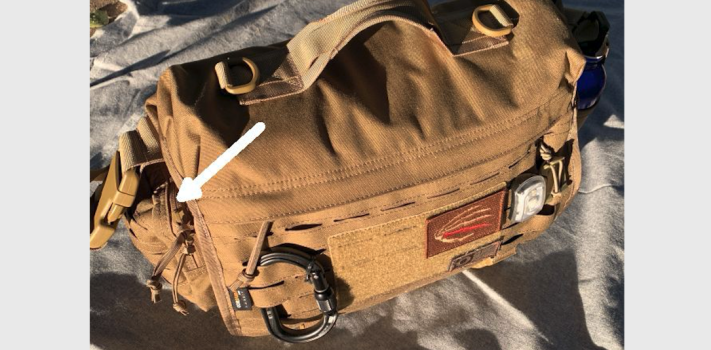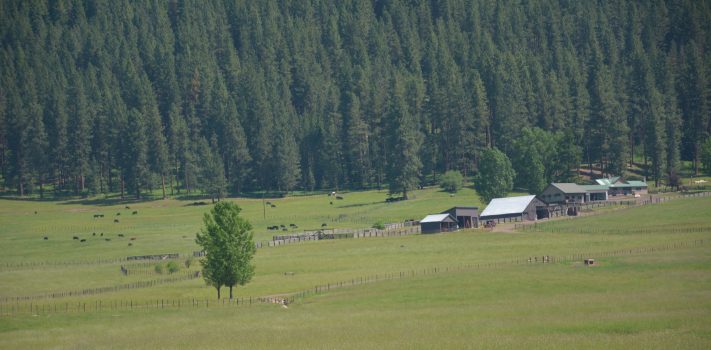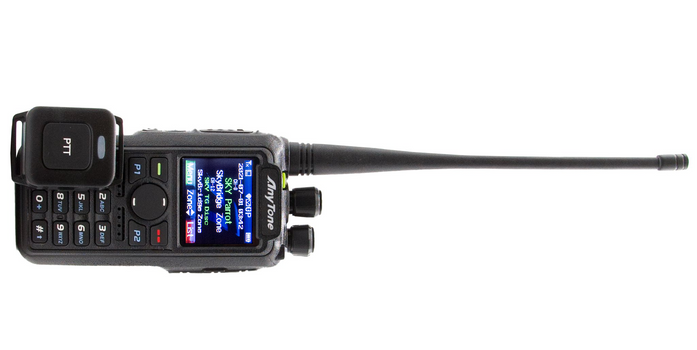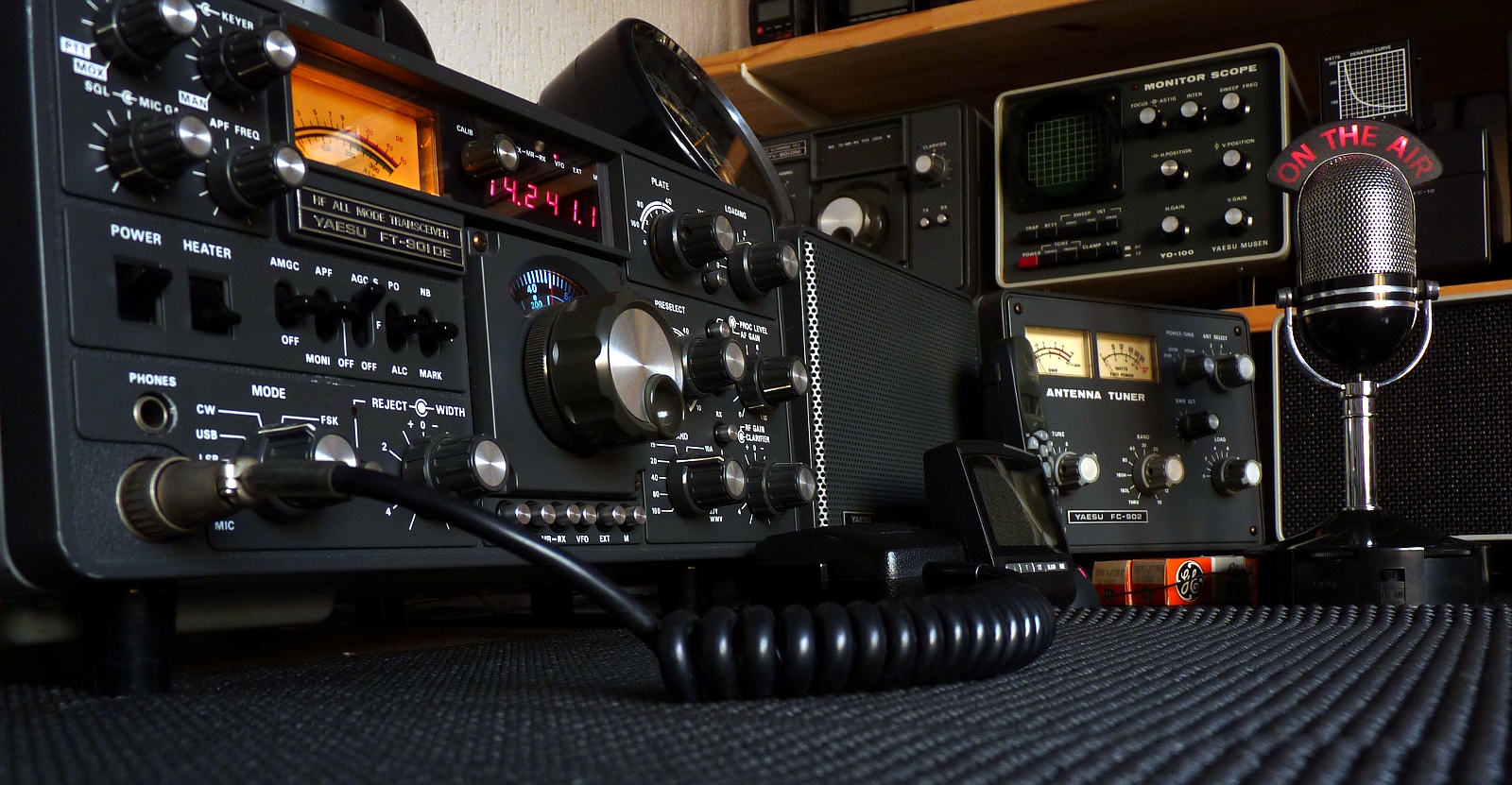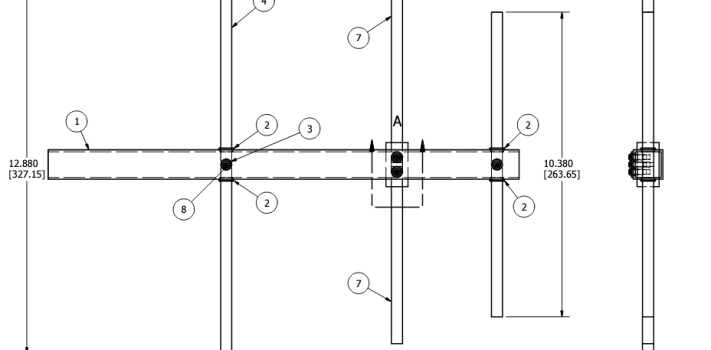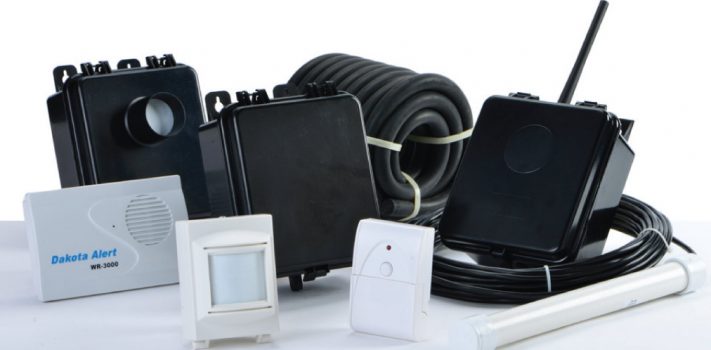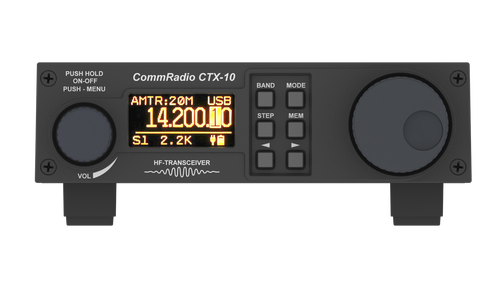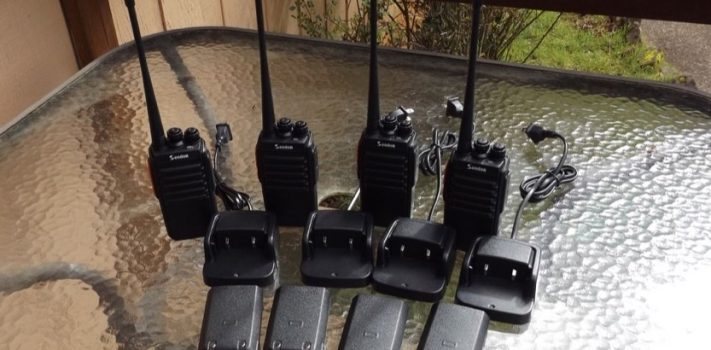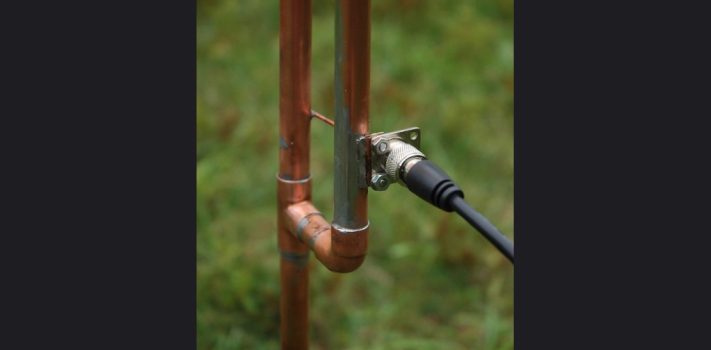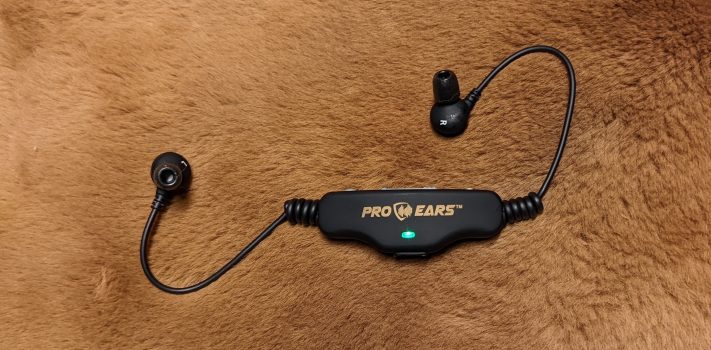What’s in the Rest of My Bags and Why – Part 1, by D.D. in Arizona
I suppose this is more of a continuation of the first article link that I submitted to SurvivalBlog and that was posted back in March of 2013: What’s In My 72 Hour Bag (and why). I was surprised to see over 400,000 downloads from my website and I got more than a few e-mailed comments. Some Background: In 2011, I started carrying a 5.11 satchel with a Glock inside since I obtained a CCW permit in Colorado. Over the years that messenger bag turned into an intermediate between my EDC key ring and my 72-hour bag. But recently, while in …

